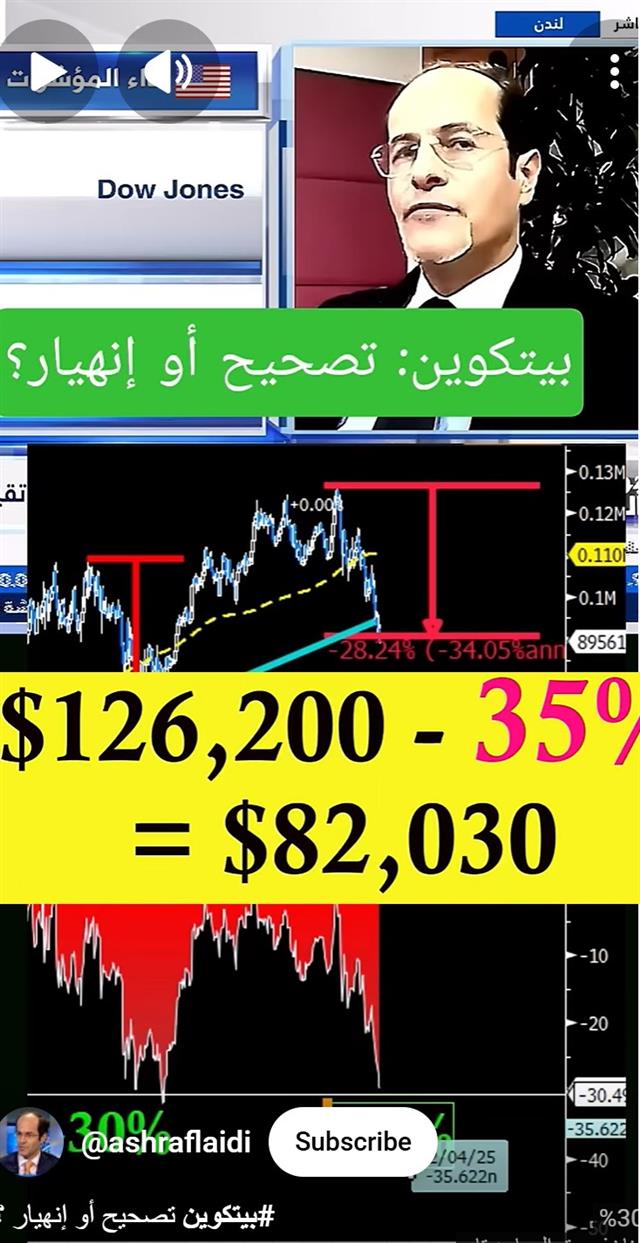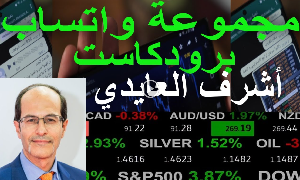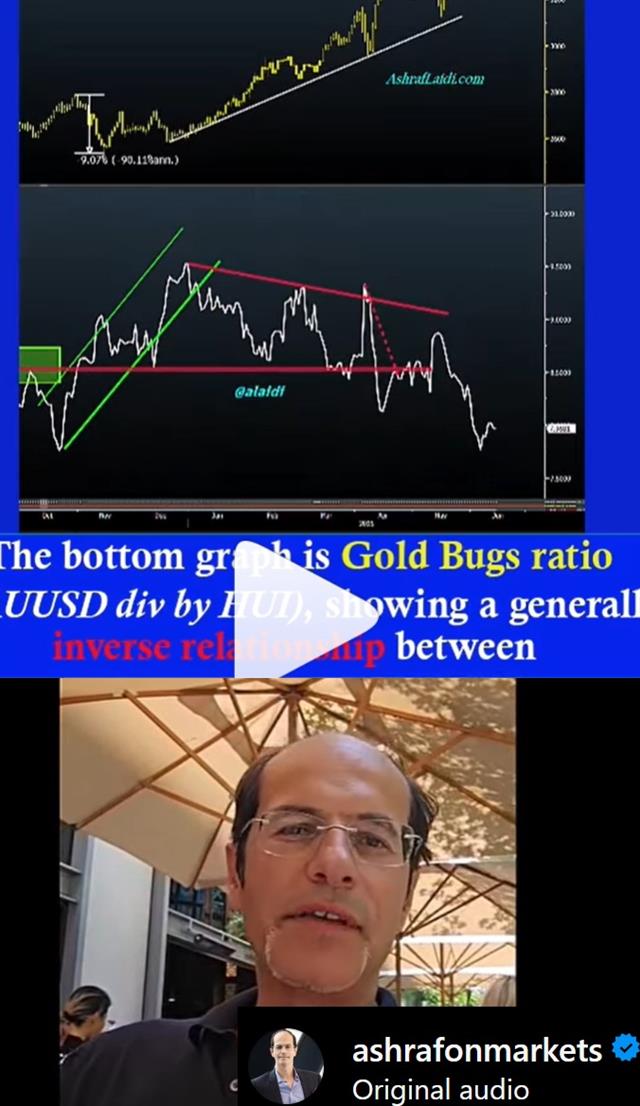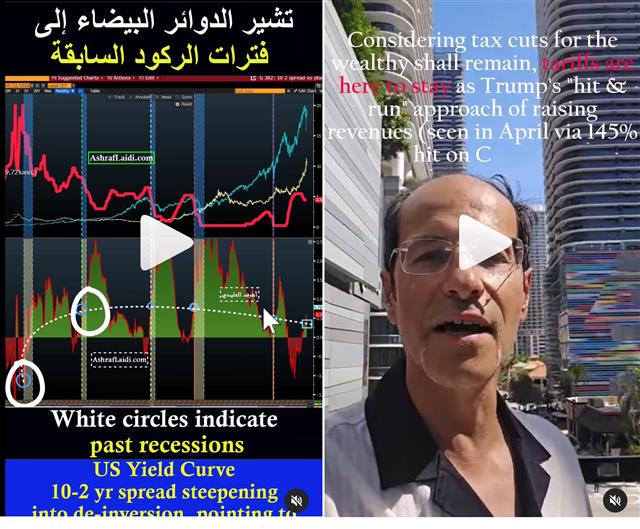Intraday Market Thoughts
Bitcoin & 35 Pct
Dec 1, 2025 11:10 | by Ashraf Laidi
يقترب البيتكوين من النمط الكلاسيكي المتمثل في تصحيحات بنسبة ثلاثون بالمئة
Is Bitcoin making another typical 35% correction in a bull market or is this more
Click To Enlarge

Forecaster App التطبيق الذي كنت تنتظره
Nov 30, 2025 9:55 | by Ashraf Laidi
إليكم التطبيق الذي إنتظره كل متداول ومحلل ودارس للأسواق
The application you have been waiting for is here
Updating GoldBugs تحديث مناجم الذهب
Jun 16, 2025 13:58 | by Ashraf Laidi
Updating GoldBugs Ratio تحديث نسبة مناجم الذهب
Breaking Debt Ceiling & Forex Brokers
Jun 6, 2025 17:33 | by Ashraf Laidi
Recession Metric & Tariff Marsh
May 26, 2025 13:47 | by Ashraf Laidi
Archives











